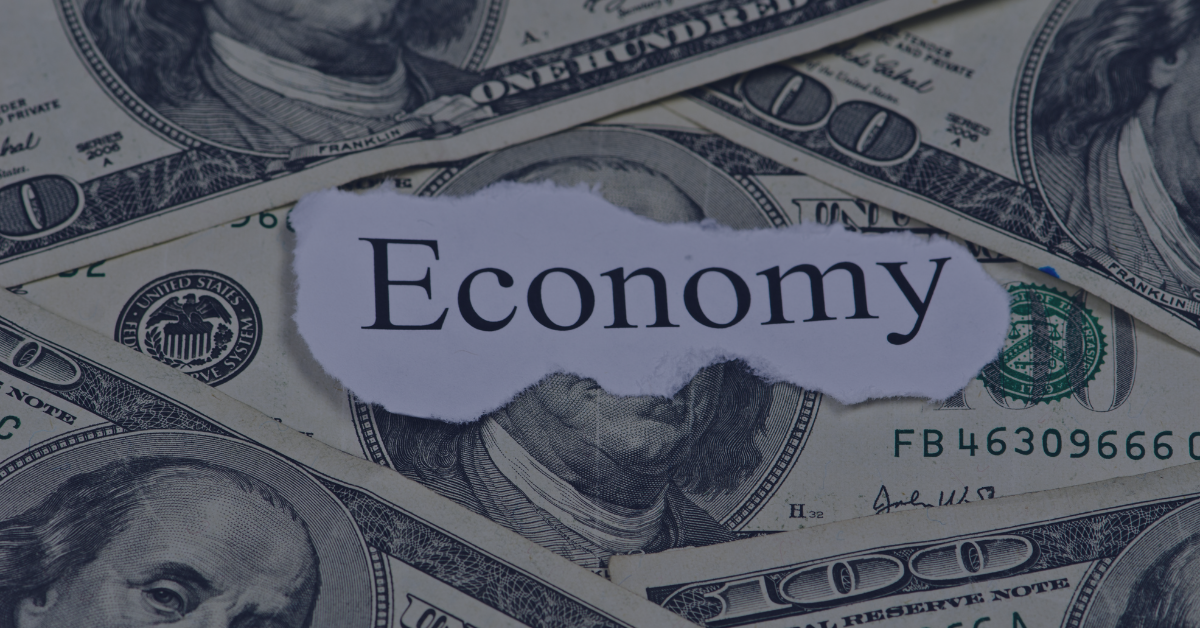The trucking industry is the backbone of the economy, responsible for moving most of the freight in the U.S. When the economy is strong, trucks are rolling nonstop, carrying goods to consumers and businesses. But when economic conditions shift, trucking companies feel the effects immediately. From fluctuating fuel costs to changes in freight demand, the economy plays a huge role in shaping the industry.
Let’s break down different economic factors that impact trucking, identify trends to watch for, and discuss how drivers and fleet owners can prepare for economic ups and downs.
1. Freight Demand and Consumer Spending
At its core, the trucking industry depends on demand. When people buy more products—whether furniture, electronics, or groceries—more trucks are needed to transport them. A booming economy usually means businesses are expanding, consumers are spending, and the trucking industry is thriving.
But when the economy slows down, spending drops. Companies cut back on inventory, construction slows, and fewer goods need to be transported. This can lead to lower freight volumes, reduced pay for drivers, and increased competition for available loads. Truckers often experience the shift first-hand, with fewer shipments and lower freight rates.
2. Fuel Prices: A Double-Edged Sword
Fuel is one of the biggest expenses for trucking companies. When oil prices are high, trucking companies either absorb the cost, pass it on through fuel surcharges, or struggle to stay profitable. Independent owner-operators are hit the hardest, as they don’t have the same financial cushion as large fleets.
However, when the economy weakens, fuel prices often drop due to lower demand. This can be a silver lining for truckers, but if freight demand is also down, the benefit of cheaper fuel may be overshadowed by fewer loads and lower rates.
3. Interest Rates and Equipment Costs
Trucks, trailers, and maintenance aren’t cheap. Most trucking companies finance their equipment, meaning interest rates can significantly impact the cost of doing business. When the Federal Reserve raises interest rates to combat inflation, loans for trucks, repairs, and expansions become more expensive.
A high interest rate environment can slow fleet expansion, making it harder for smaller carriers to compete. It can also lead to used truck prices dropping as demand for new trucks falls, creating opportunities for some while causing challenges for others.
4. Labor Market and Driver Shortages
The trucking industry has faced a driver shortage for years, and the economy plays a big role in hiring and retention. When the job market is strong, workers have more options, and fewer people turn to trucking as a career. This can make it difficult for companies to find and keep qualified drivers.
On the flip side, when the economy weakens, layoffs in other industries can lead to more people looking at trucking as a viable career option. But even in economic downturns, trucking has a high turnover rate, meaning companies must constantly work to attract and retain talent.
5. Regulations and Compliance Costs
Regulations in the trucking industry are constantly evolving, often in response to economic conditions. For example, environmental policies might push for cleaner, more fuel-efficient trucks, which can be expensive for small fleets to adopt.
Additionally, compliance costs—such as insurance, safety technology, and electronic logging devices (ELDs)—can weigh heavily on smaller operators. When the economy is strong, companies are more willing to invest in these areas. In a downturn, however, these expenses can be difficult to manage, leading some companies to shut down or merge with larger firms.
6. Supply Chain Disruptions and Global Events
The trucking industry doesn’t operate in a bubble. Global events—such as pandemics, trade wars, or geopolitical tensions—can have massive ripple effects on freight movement. The COVID-19 pandemic, for example, led to dramatic shifts in trucking demand. Some sectors, like medical supplies and e-commerce, saw spikes in freight volume, while others, like food service and manufacturing, struggled with disruptions.
Similarly, supply chain bottlenecks, like port congestion or factory shutdowns, can cause unpredictable shifts in trucking needs. Economic uncertainty often leads to volatile freight markets, making it harder for trucking companies to plan ahead.
7. Freight Rates and Market Cycles
Trucking is a cyclical industry. When demand is high, rates go up, and carriers enjoy higher profits. But when the economy slows, rates drop, making it harder for small operators to stay in business.
The freight market generally moves in four phases:
- Expansion: Freight demand is high, rates are strong, and companies invest in new equipment and drivers.
- Peak: The market reaches its highest point, but capacity starts catching up with demand.
- Recession: Freight volumes decline, rates drop, and trucking companies struggle to stay profitable.
- Recovery: Demand begins to rise again, but at a slow and steady pace.
Understanding these cycles can help trucking companies plan for the future and avoid overextending themselves during boom periods.
How Trucking Companies and Drivers Can Prepare
While economic fluctuations are inevitable, trucking businesses can take steps to weather the storm:
- Diversify Freight Sources: Hauling for multiple industries (e.g., retail, agriculture, construction) can help stabilize income during downturns.
- Manage Fuel Costs Wisely: Use fuel-efficient driving techniques, participate in fuel discount programs, and plan routes strategically.
- Monitor Freight Trends: Stay informed about market conditions and adjust pricing, routes, and contracts accordingly.
- Keep Overhead Low: Avoid unnecessary expenses and invest in technology that improves efficiency.
- Build Financial Reserves: Having savings set aside can help trucking companies stay afloat during tough economic times.
Hand in Hand
The trucking industry and the economy go hand in hand. Whether you’re an independent driver or managing a large fleet, understanding how economic factors influence freight demand, fuel prices, and market cycles can help you navigate both boom times and downturns. By staying informed and planning ahead, trucking professionals can adapt to changing conditions and keep the wheels turning no matter what the economy throws their way.




